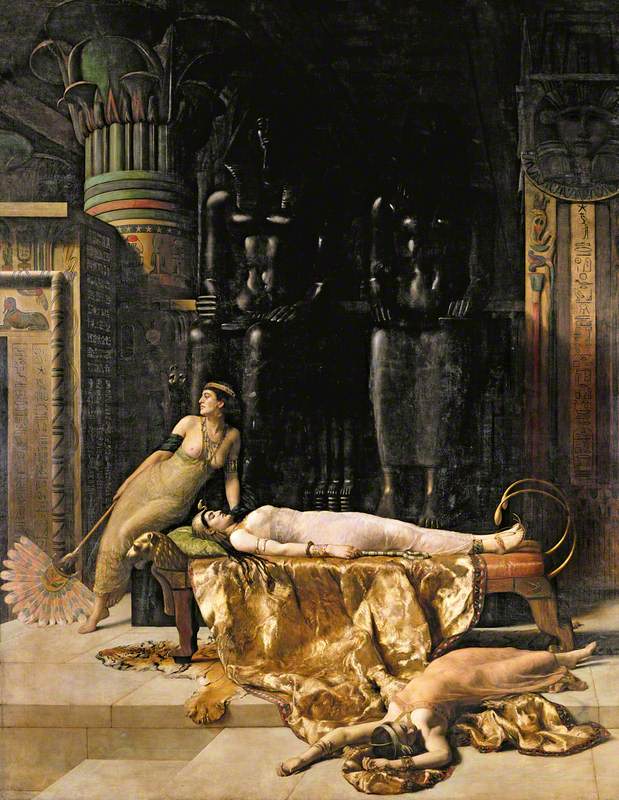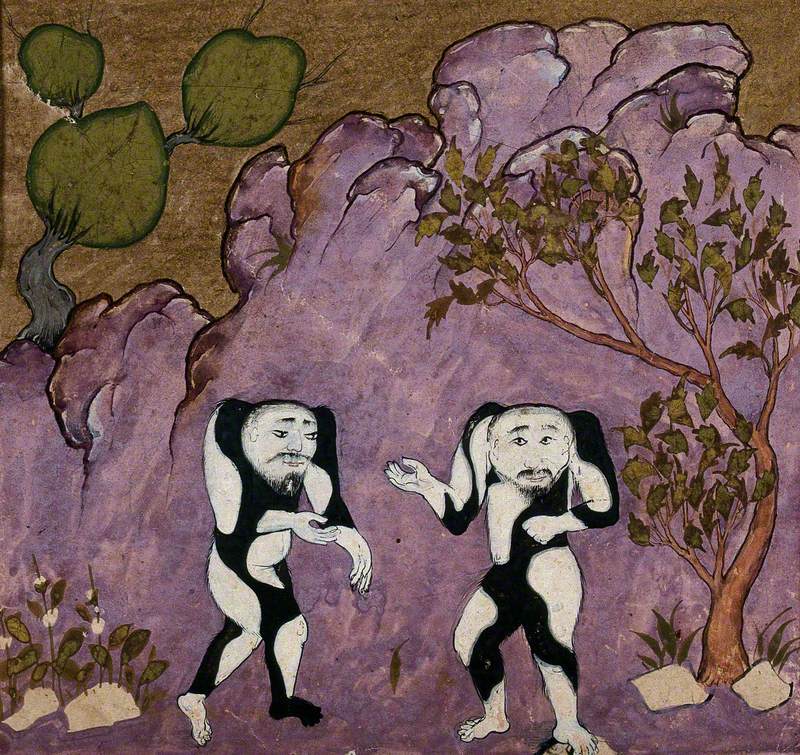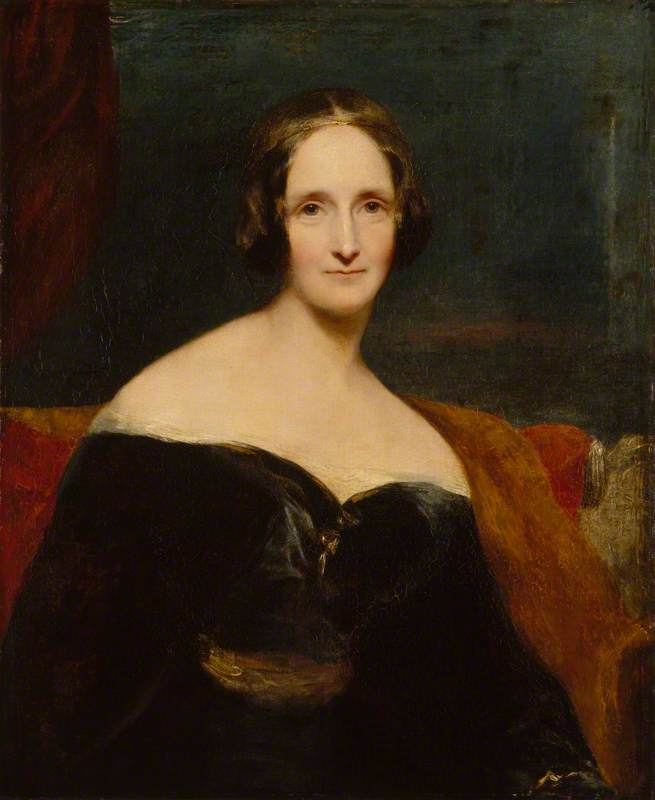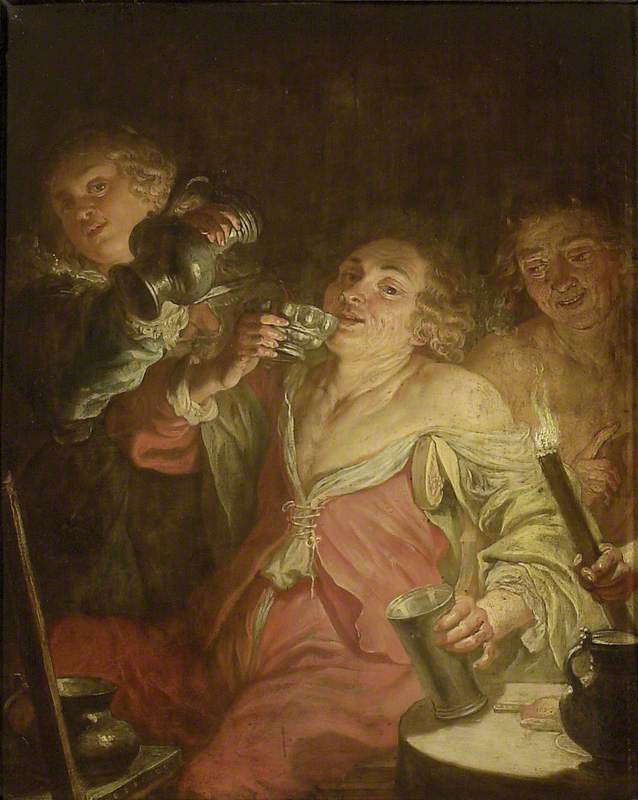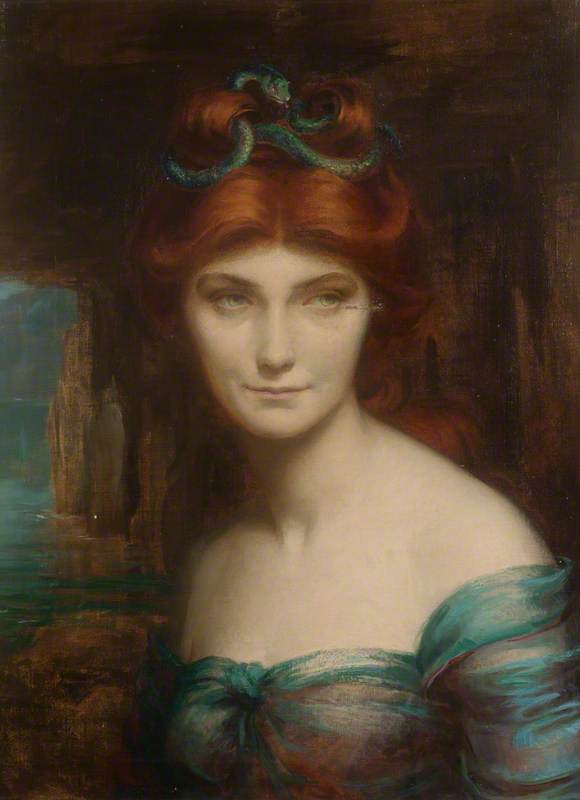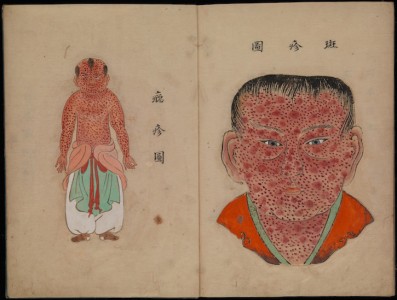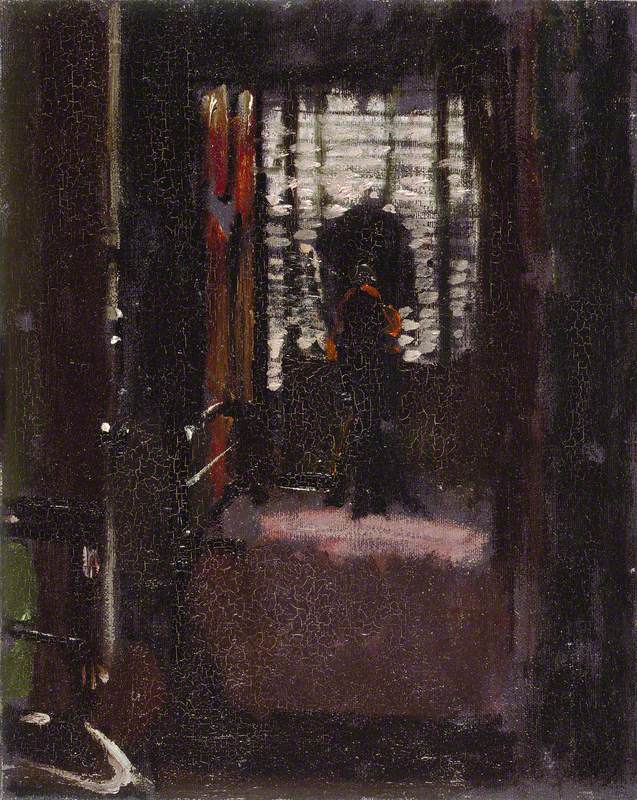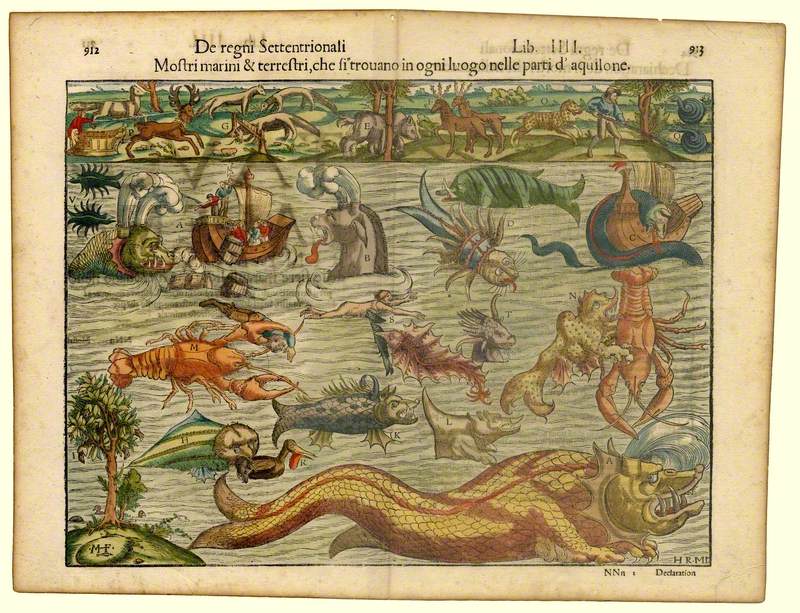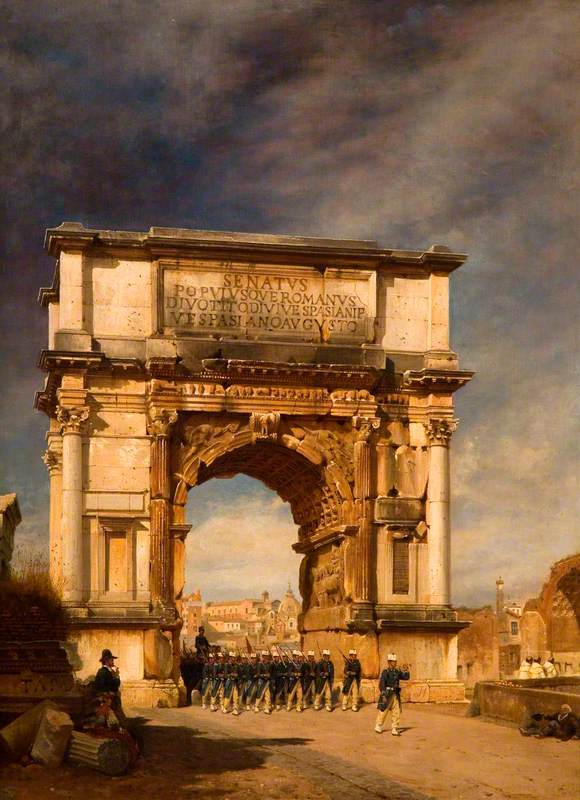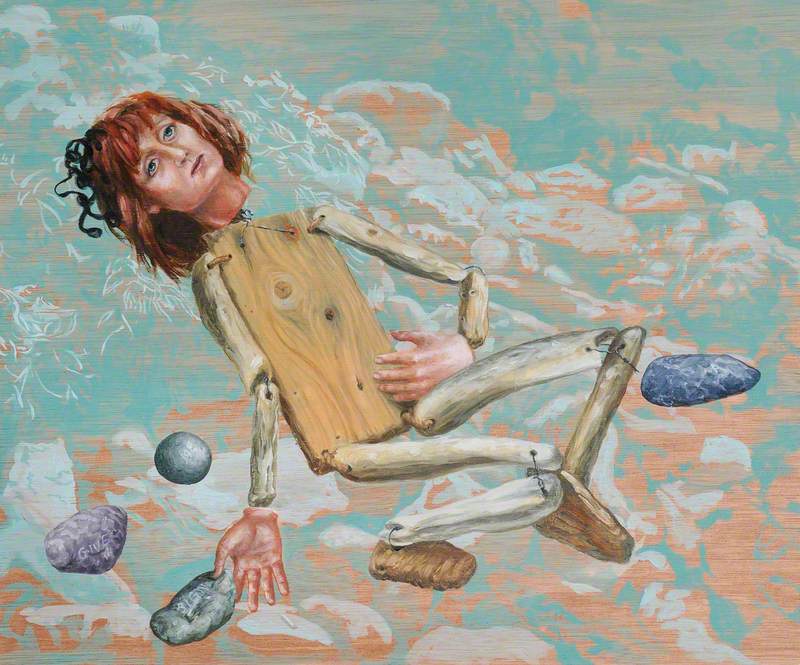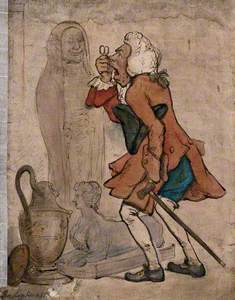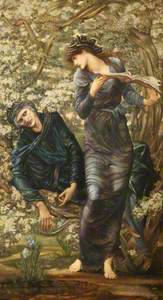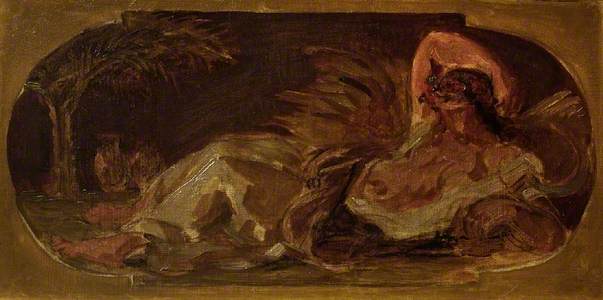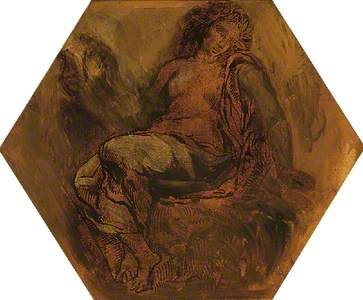Ancient Egyptian mummified remains have fascinated people throughout history. Today, current debates about human remains in museums call for institutions to aim to create a more ethical environment regarding their display. However, the ethical conversation around mummies is a considerably contemporary consideration. Prior to current ethical thresholds, the stories of how mummies were portrayed and used as commodities are a violent contrast to today's moral standards. It is important to note that, to some extent, the standards surrounding mummies are still catching up with discussions about other human remains in museums.
When medieval European travellers ventured to Egypt, mummies caught the attention of the medical field. Mummies were transported to Europe, ground up and used in remedies as it was believed they had healing properties. The medical benefits of ingesting mummies were popularised by Pliny the elder (AD 23–79), a Roman author and philosopher who thought consuming the minerals used during the mummification process, such as bitumen, would have medicinal qualities. However, as one would expect, the ingestion of ancient, powdered human remains caused horrendous consequences for the majority who consumed them.
Apothecary vessel (albarello) with inscription ('MUMIA')
18th C, in the collections of Deutsches Apothekenmuseum Heidelberg, Germany 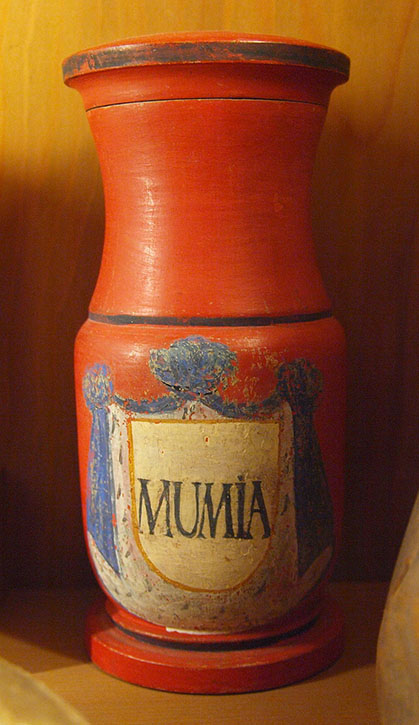
By the time the nineteenth century began, this medieval practice had all but been abandoned, however, another use for mummies gained traction. When mummies were being ground up during the medieval period for (albeit, dire) medical purposes, and sold in apothecary shops as 'mummia', it was noted just how 'rich and earthly' the colour of powdered mummies was. This begins the story of mummy brown paint.
A tube of mummy brown in a coffin that was probably originally made for an eel or snake
In the collections of Bolton Library and Museum Services 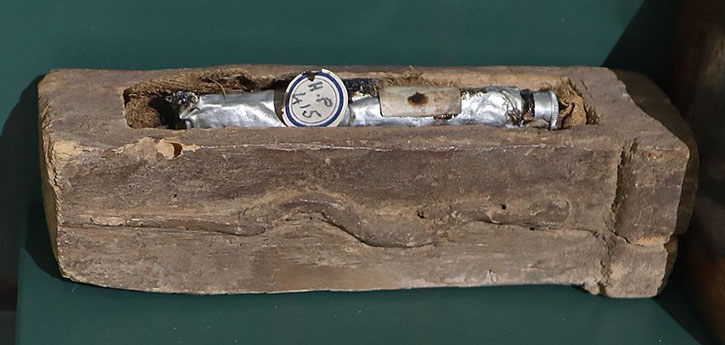
Mummy brown paint is, unfortunately, exactly what it sounds like. Mummy brown paint (also known as 'Caput Mortuum' – which translates to 'dead man's head' – or 'Egyptian Brown') is made from grinding up the ancient Egyptian dead. Mummies were ground up, and this 'mummia' (powdered human mummies) had 'rich and bituminous' qualities. The mummia was mixed with 'White Pitch' (now known as 'Burgundy Pitch', a reddish-brown resin obtained from Norwegian Spruce) and myrrh. The colour has been described as having a warm vibrancy, in between burnt and raw umber on the colour spectrum.
In order to turn the mummies into paint, they had to be imported to the factories. During the nineteenth century, the 'mummy trade' was rife with European travellers and tourists digging up mummies and smuggling them back home. This trade was illegal, yet lucrative. Mummies and body parts were being robbed from their tombs as the 'ultimate souvenir'. The mummy trade was exploited by paint firms so they could purchase mummies to grind up and sell to artists.
Digging for Mummies
illustration by Amelia Edwards (1831–1892), found in her notorious travel narrative 'A Thousand Miles Up the Nile' (1877), p.413. The image depicts people digging for mummies in mummy pits (mass graves which contained multiple mummies) 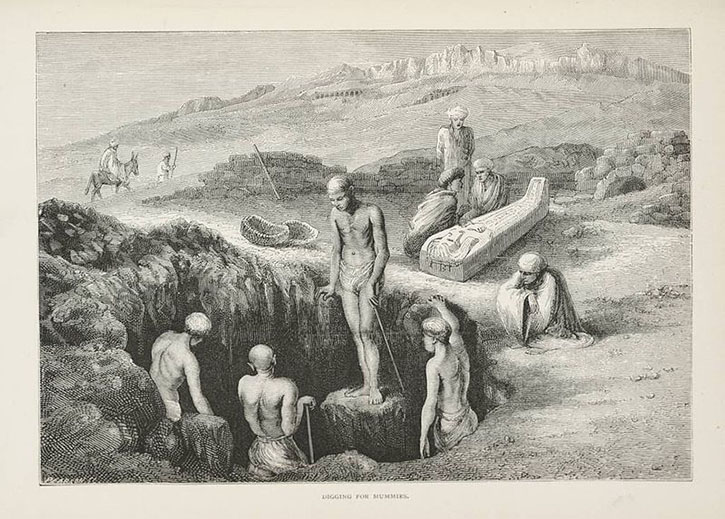
From the mid-eighteenth century, and well into the Victorian era, mummy brown paint was wildly popular amongst Pre-Raphaelite artists. The Pre-Raphaelite movement, also known as the Pre-Raphaelite Brotherhood, was founded in 1848 with members including William Holman Hunt, John Everett Millais, and Dante Gabriel Rossetti, who were notable users of mummy brown paint. Rossetti, especially, is known to have been a prominent buyer (and implied user) of mummy brown paint.
However, apparently, not all artists were aware that the name 'mummy brown' had a literal meaning. The proficient painter Edward Burne-Jones, who was associated with the Pre-Raphaelites, did not realise the paint's origin and became 'utterly distressed' when fellow artist Lawrence Alma-Tadema informed him of the ingredients. In fact, he was so upset that it is rumoured he decided to hold a ceremonial burial for the tube of mummy brown in his own garden.
Burne-Jones' nephew, the author Rudyard Kipling, was a participant in this strange funeral and reported: 'He [Burne-Jones] descended in broad daylight with a tube of "Mummy Brown" in his hand, saying that he had discovered it was made of dead Pharaohs and we must bury it accordingly. So we all went out and helped – according to the rites of Mizraim and Memphis, I hope – and to this day I could drive a spade within a foot of where that tube lies.'
The painting The Death of Merlin by Burne-Jones hangs in Oxford's Old Union Library. It has been suggested that this painting could be painted with mummy brown paint, particularly due to its reddish-brown hues.
Here's a detail from The Death of Merlin, by #Burne-Jones as it appears in our Old Library, along with other #preraphaelite murals. Could it be that our walls are adorned with ground up mummies? #museumsunlocked https://t.co/rTjNxWYxrl pic.twitter.com/KFiTY7gykg
— Oxford Union Library (@OxUnionLibrary) April 5, 2020
Additionally, The Beguiling of Merlin by Burne-Jones is probably his most notable work. It also appears to have hues between burnt and raw umber. It is likely that if Burne-Jones had been purchasing the paint before his realisation of its origin, many of his paintings may contain ground-up mummies, but we cannot be certain.
It is near impossible to determine specifically which paintings are one hundred per cent painted with mummy brown paint as it is likely the testing process would involve significant damage. However, Sally Woodcock states in her 1996 article 'Body Colour: The Misuse of Mummy' that mummy brown paint can be 'blamed in part for the disrupted surfaces which characterise many British paintings of the eighteenth and nineteenth centuries.' Therefore, although we cannot be sure, there are some clues which determine its use. Furthermore, there are some popular paintings included in past articles and research papers which are rumoured to have been painted with mummy brown due to the colours used on the canvas.
Interior of a Kitchen
1815, oil on canvas by Martin Drolling (1752–1817). Rumoured to have been painted with mummy brown paint 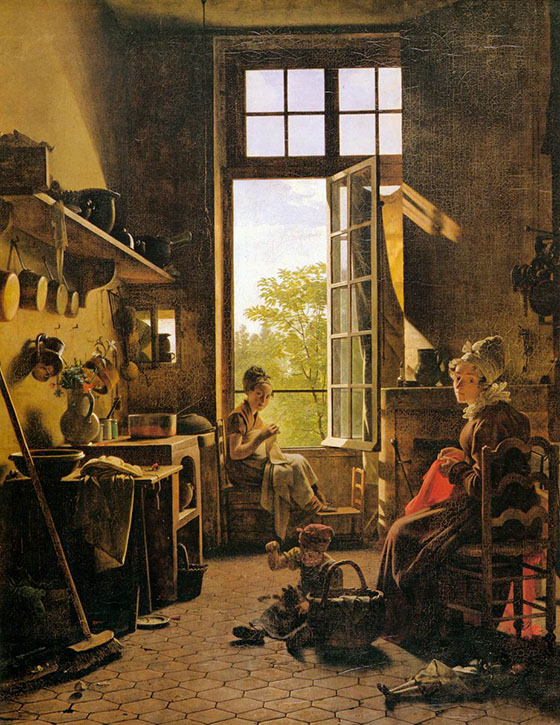
In 2016, Kristin Romey claimed that the painting Liberty Leading the People (1830) by French painter Eugène Delacroix, may have been painted with mummy brown as Delacroix was 'known to have used pigment made from ground mummy.'
Liberty Leading the People
1830, oil on canvas by Eugène Delacroix (1798–1863) 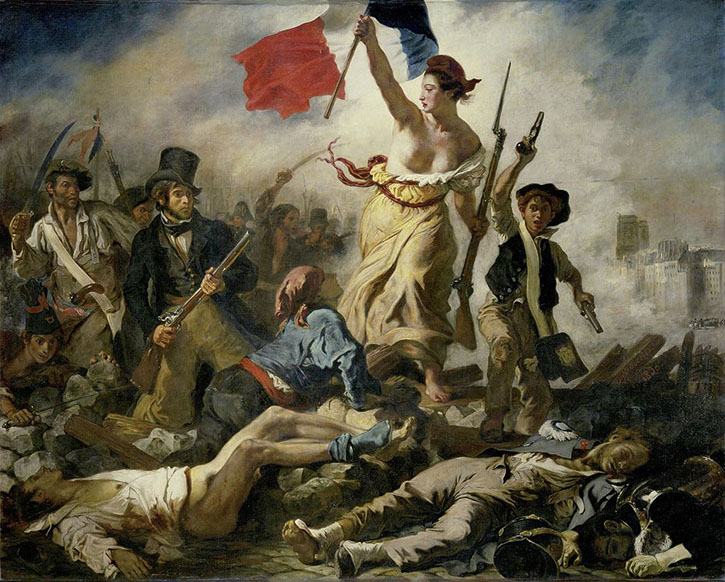
Ironically, the image may be known to fans of the band Coldplay as it was used as the album art for their 2008 album Viva La Vida or Death and All his Friends. In addition to the irony of the title 'Death and All his Friends' the meaning of 'Viva La Vida' translates from Spanish to 'Long Live Life'. It appears the pathetic fallacy of art may be more human than we anticipated.
Liberty Leading the People is not the only painting by Delacroix that is rumoured to have been painted with mummy brown. His work titled Ceres, currently housed at The Fitzwilliam Museum, appears to have the specific attributes of a mummia-based painting. The Fitzwilliam Museum say this painting is from a 'study for one of the ceiling panels in a series of decorations painted by Delacroix in the Salon de la Paix in the Hôtel de ville, Paris.'
Notice the rich and warm colours of the piece: it would be a safe assumption that mummy brown was used to paint it, especially since the prominent colours are reminiscent of dark umber. Additionally, mummy brown was named as 'one of the pigments on Delacroix' palette in 1854, when painting the Salone de la Paix at the Hotel de Ville.' Ceres is currently in storage, meaning it is not on public display, therefore, Art UK is the best place to view this painting, in addition to many others which may also contain mummy brown paint.
If you search Art UK for Delacroix's art you may glance over a variety of paintings which may be painted with mummy brown. For example, the painting below titled The Muse of Orpheus (also housed at The Fitzwilliam Museum, painted between 1845 and 1847) is painted with 'pen & ink heightened with oil on paper laid down on canvas'. The Fitzwilliam Museum state that this painting 'is a study for one of the four pendentives in the library of the Palais du Luxembourg (Senate), Paris.' As The Muse of Orpheus was completed shortly before Delacroix began his work on Ceres (1849–1853), it is likely his palette contained mummy brown for this painting also. The mummia would have been mixed with an oil base to create the reddish-brown tones.
Mummy brown paint was so sought after, Natasha Eaton states in The Art Bulletin (2013), that some was 'derived from the bodies of London criminals obtained illegally by artists and their cohorts' as the demand was so high. Its demand spilled over into the twentieth century. In 1904, the paint-making firm of O'Hara and Hoar wrote to the Daily Mail explaining they 'badly' required a mummy for the purpose of 'making colour'. They wanted to purchase a 2,000-year-old mummy for, of course, a 'suitable price'.
Tessa T. Baber explains that mummies would have 'become almost impossible to source by the early 1900s' as the pigment was running dry. This excerpt from The St Paul Globe (24th January 1904) explains that the 'business' of making mummy brown paint from mummies was 'threatened with destruction' due to a lack of supplies.
'Ground Mummies Make Good Paint'
Published in 'The St Paul Globe', 24th January 1904 
However, in a more horrifically modern twist, the last tube of mummy brown paint was manufactured relatively recently. The 'colour-making' firm Roberson & Co. included mummy brown paint in their artist's catalogue until 1933, but the last tube was made in 1964. The firm stated: 'We [the firm] might have a few odd limbs lying around somewhere,' he apologised, 'but not enough to make any more paint. We sold our last complete mummy some years ago for, I think, £3. Perhaps we shouldn't have. We certainly can't get any more'.
According to Romey, Gary Bowles, a representative of Roberson & Co., 'recalls seeing mummy parts in the shop as late as the 1980s, when the company was bought out. "There's no more mummy brown around," he confirms.' This shocking statement – that mummy brown paint was being made up until 1964, and 'mummy parts' within the shop were seen up until the 1980s – demonstrates the extent of the paint's use, and furthers the argument that the discussion of ethics surrounding Egyptian mummified remains is significantly recent.
The modern colour close to mummy brown is made using kaolin, quartz, goethite and hematite. Depending on the quantities of ingredients, mummy brown can either have a red, yellow or purple tinge. Because of this, it has also become known as 'mummy violet'.
It is important and essential to understand the violent and colonialist history of the mummy trade, and recognise that a mummy should not be seen as a commodity for morbid fascination. The unethical, problematic and barbaric uses for mummies must be recognised in order to provide a more ethical future for mummies on display. Egyptian mummified remains are exactly that – human remains.
The next time you see a Victorian-era painting, either in person or by browsing the extensive database of Art UK, that looks like it has a colour 'in between raw and burnt umber' with a 'rich and earthly reddish-brown quality', you may be looking at a corpse on a canvas.
Lauren R. Bruce, PhD student and writer
You can read more about Laura's work on her website, The Gothic Bookworm








